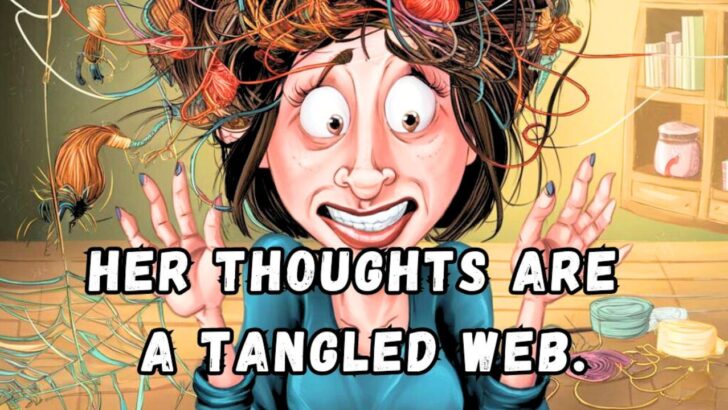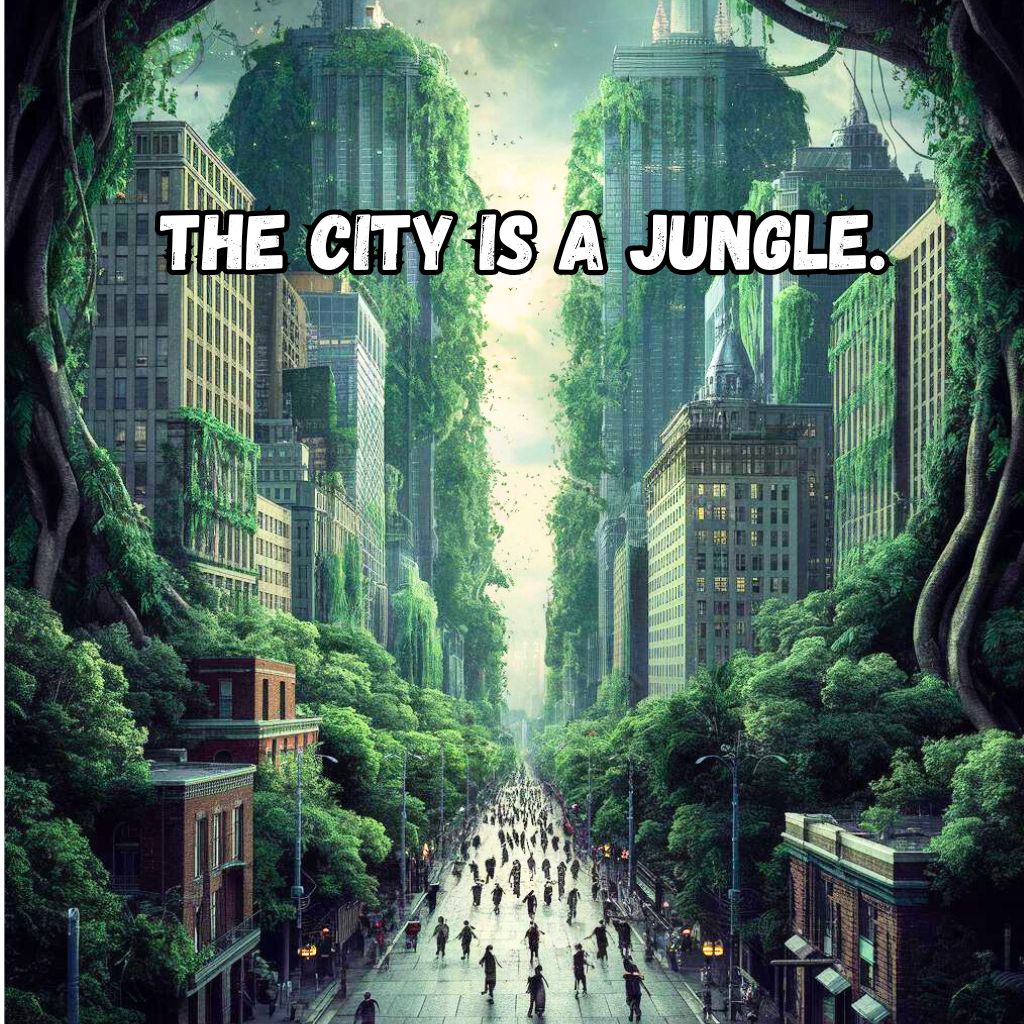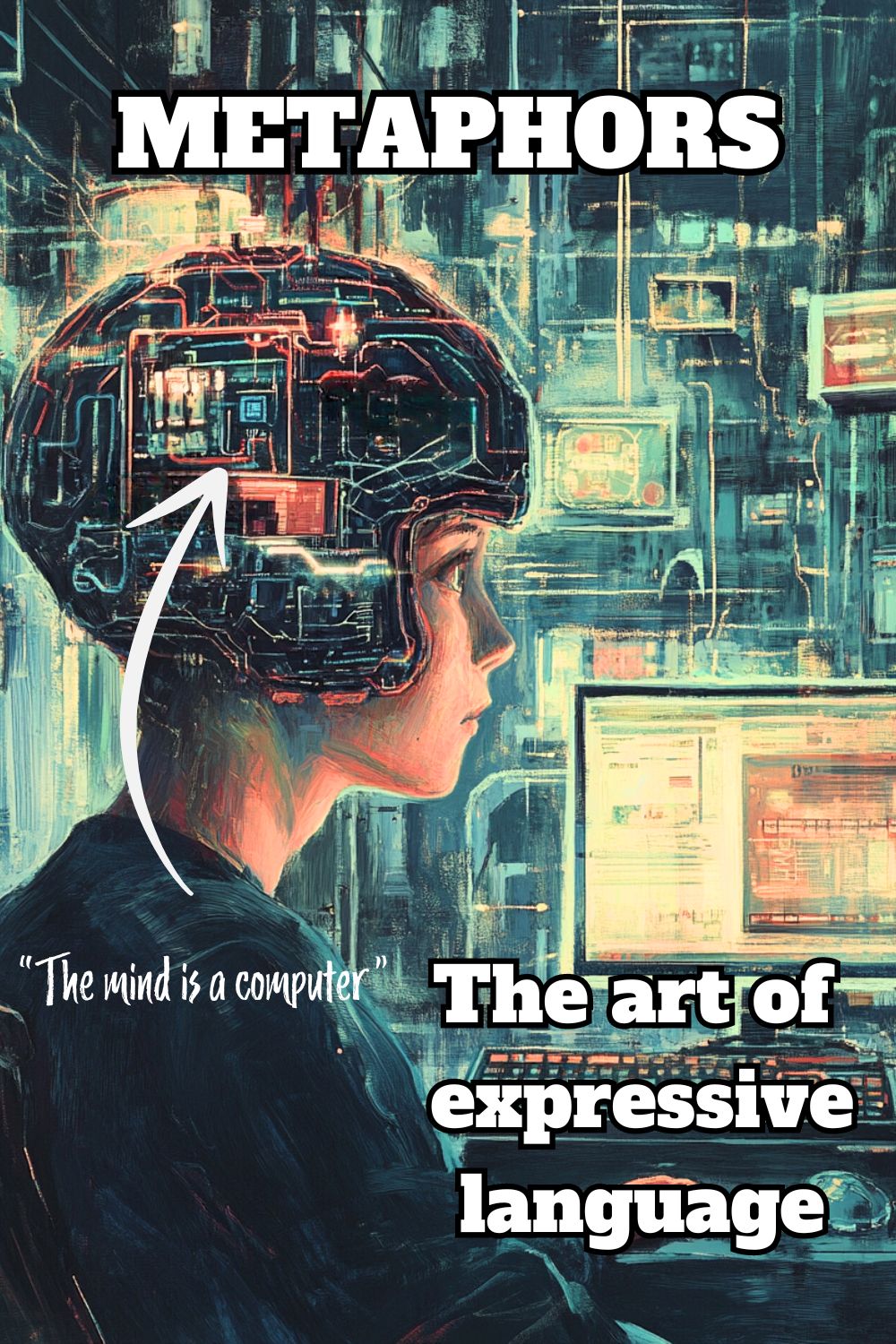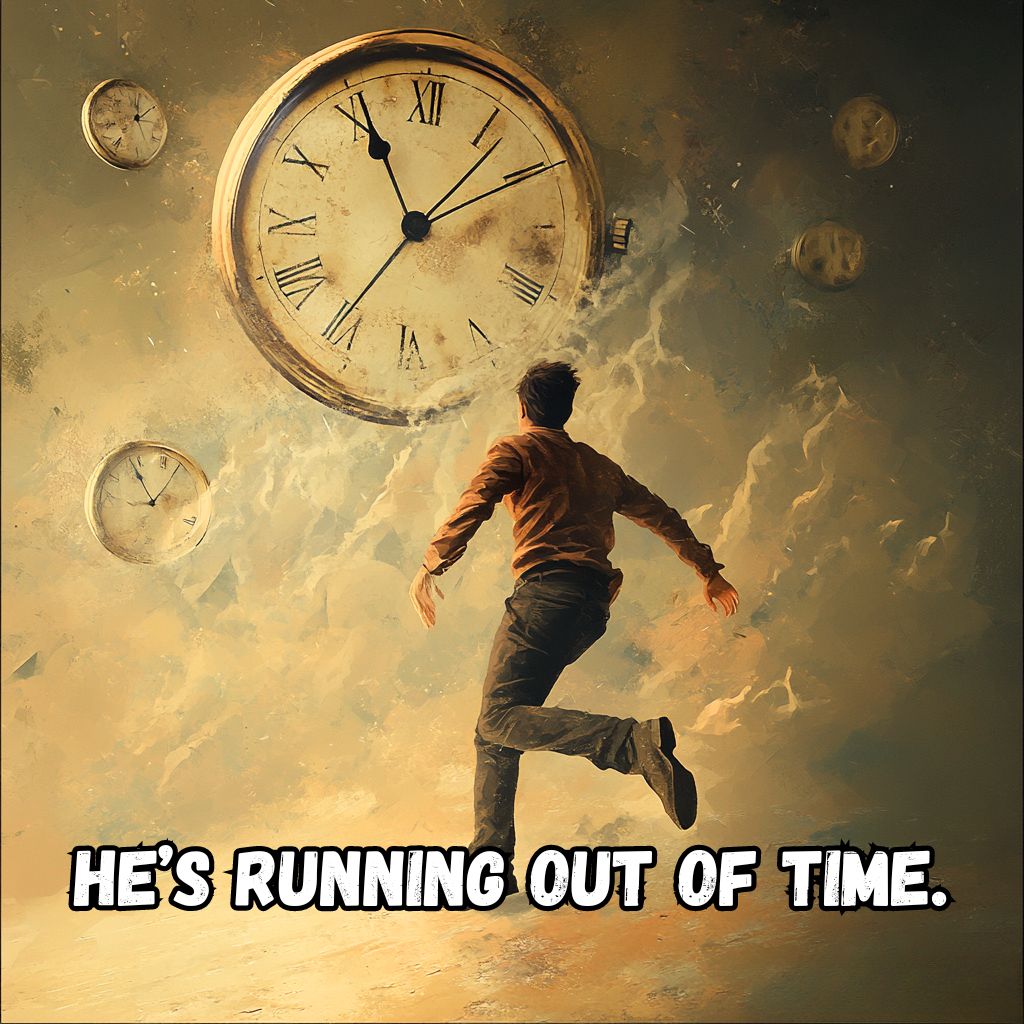Language is a powerful tool that shapes our understanding of the world. Among the various figures of speech, metaphors are one of the most profound and pervasive. A metaphor is a figure of speech that involves comparing two seemingly unrelated things, asserting that one thing is another to highlight similarities between them.
This linguistic device transcends literal interpretation, providing deeper insight and adding vividness to communication. Let’s delve into the world of metaphors and explore why they are essential in language and thought.
What is a Metaphor?
A metaphor directly equates one thing with another for rhetorical effect, creating a symbolic connection. Unlike a simile, which uses “like” or “as” to make a comparison (e.g., “as brave as a lion”), a metaphor states that one thing is another (e.g., “Time is a thief”). This directness can make metaphors more impactful and evocative.
Types of Metaphors
Metaphors come in various forms, each with its unique way of enhancing language and meaning. By understanding these different types, we can appreciate the versatility and richness that metaphors bring to communication. Here, we explore the main types of metaphors and how they function in language.
Standard Metaphor
A standard metaphor directly equates two things without using “like” or “as.” This straightforward comparison can create powerful and vivid imagery. For instance, consider the metaphor “The world is a stage.” This statement suggests that life is like a play, with people as actors performing their roles.
It implies that our actions and behaviors are part of a larger, orchestrated drama, highlighting the performative aspects of human life. Standard metaphors like this one can convey complex ideas succinctly and memorably.
Examples:
- “His mind was a sponge.”
- “The city is a jungle.”
- “Her life is a movie.”
Extended Metaphor
An extended metaphor extends over several lines or even throughout an entire work, developing the comparison more fully. In Shakespeare’s “As You Like It,” the famous monologue “All the world’s a stage” is an extended metaphor. Shakespeare continues to describe the seven stages of human life, comparing each phase to different acts in a play.
This extended metaphor enriches the text by providing a deeper, more nuanced understanding of life’s progression and the roles people play from birth to death. By sustaining the metaphor, the writer can explore various facets of the comparison in greater depth.
Examples:
- Shakespeare’s “As You Like It”: “All the world’s a stage…”
- Martin Luther King Jr.’s “I Have a Dream” speech: “Let us not seek to satisfy our thirst for freedom by drinking from the cup of bitterness and hatred.”
- Robert Frost’s poem “The Road Not Taken”: “Two roads diverged in a yellow wood…”
Implied Metaphor
An implied metaphor suggests a comparison without directly stating it, leaving it up to the reader to infer the connection. For example, “He barked his orders” implies a comparison between the person giving orders and a dog.
The word “barked” suggests a commanding, perhaps aggressive tone, likening the person’s behavior to that of a dog without explicitly saying so.
Implied metaphors can be subtle and sophisticated, inviting readers to engage more actively with the text as they uncover the hidden meanings.
Examples:
- “He barked his orders.”
- “The news sent shockwaves through the community.”
- “She sailed through her exams.”
Mixed Metaphor
A mixed metaphor combines two or more metaphors that don’t logically fit together, often for comedic or dramatic effect. An example is the phrase, “We’ll burn that bridge when we come to it.” This combines the metaphors “cross that bridge when we come to it” and “burn bridges,” creating a humorous and somewhat confusing image.
Mixed metaphors can be used intentionally to create a playful or jarring effect, highlighting the absurdity or complexity of a situation.
Examples:
- “We’ll burn that bridge when we come to it.”
- “He stepped up to the plate and grabbed the bull by the horns.”
- “It’s not rocket surgery.”
Dead Metaphor
A dead metaphor has become so common it is no longer seen as a metaphor. An example is “leg of a table.” Originally, the comparison between a table’s support and a leg was metaphorical, but it has become so ingrained in everyday language that we no longer recognize it as such.
Dead metaphors are a testament to how language evolves. Metaphors that were once fresh and evocative become ordinary through frequent use. While they may lose their original impact, dead metaphors remain integral to our linguistic repertoire.
By examining these different types of metaphors, we can see how they enhance language, making it more expressive, engaging, and insightful. Each type serves a distinct purpose, contributing to the richness and versatility of our communication.
Examples:
- “Leg of a table.”
- “Running out of time.”
- “Foot of the bed.”
Why Metaphors Matter
Metaphors play a crucial role in language and thought, influencing how we perceive and interact with the world. They serve multiple purposes, from enhancing understanding to evoking emotions and stimulating creativity. Here are some reasons why metaphors are so important:
Enhancing Understanding:
Metaphors help convey complex ideas by relating them to familiar concepts. For example, describing the internet as an “information superhighway” helps people understand its vast and fast nature.
- “The internet is an information superhighway.”
- “The mind is a computer.”
- “The stock market is a roller coaster.”
Evoking Emotions:
Metaphors can evoke strong emotions and create vivid imagery in the reader’s or listener’s mind. For instance, “He has a heart of stone” conveys a powerful image of coldness and lack of empathy.
- “He has a heart of stone.”
- “The news hit me like a ton of bricks.”
- “She is the sunshine of my life.”
Facilitating Communication:
They make communication more engaging and relatable. For example, “Life is a journey” can summarize the complexities and experiences of life in a simple phrase.
- “Life is a journey.”
- “Time is money.”
- “Ideas are seeds.”
Stimulating Creativity:
Using metaphors can spark creative thinking and innovation. Describing a challenging situation as “an uphill battle” can inspire strategies for overcoming obstacles.
- “This project is in its infancy.”
- “Her thoughts were a tangled web.”
- “The city is a melting pot.”
Cultural Insights:
Metaphors can provide insights into cultural values and perspectives. Different cultures might use different metaphors for the same concept, reflecting unique cultural attitudes.
- “America is a melting pot.”
- “The world is a global village.”
- “The lion is the king of the jungle.”
By examining these different types of metaphors, we can see how they enhance language, making it more expressive, engaging, and insightful. Each type serves a distinct purpose, contributing to the richness and versatility of our communication.

Hey fellow Linguaholics! It’s me, Marcel. I am the proud owner of linguaholic.com. Languages have always been my passion and I have studied Linguistics, Computational Linguistics and Sinology at the University of Zurich. It is my utmost pleasure to share with all of you guys what I know about languages and linguistics in general.






